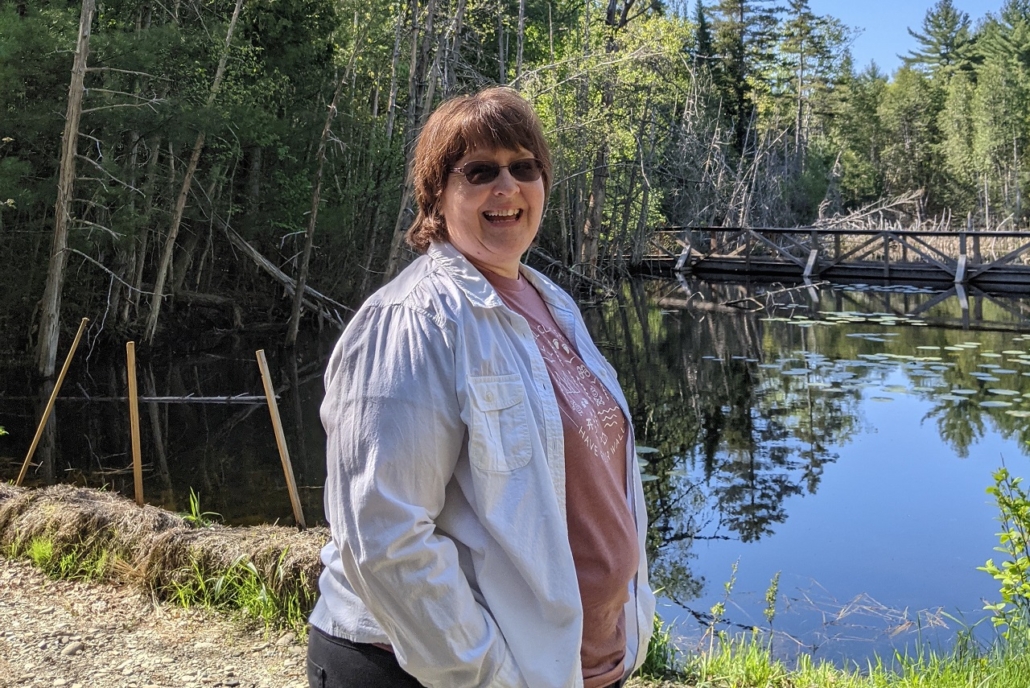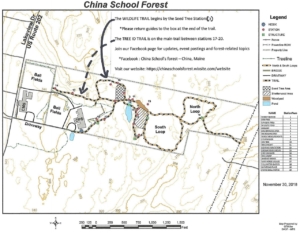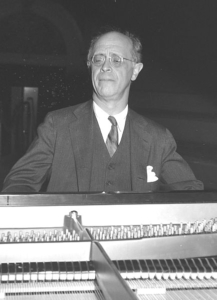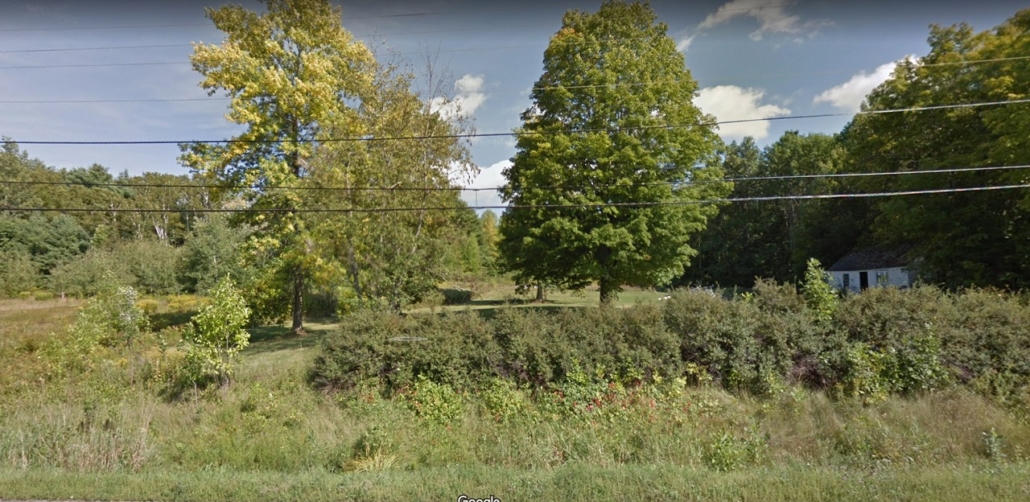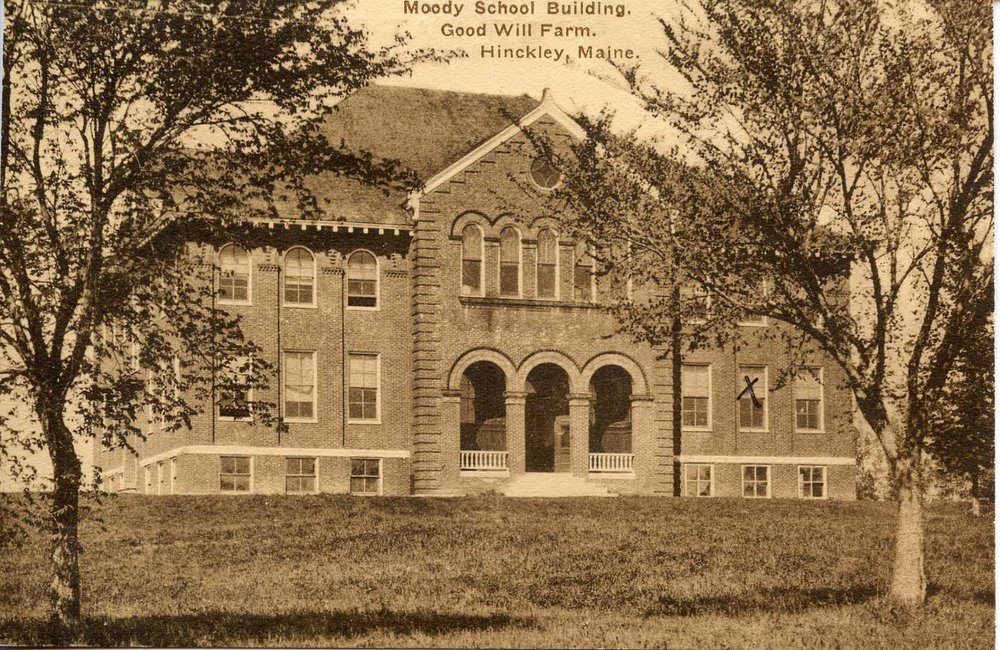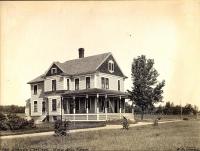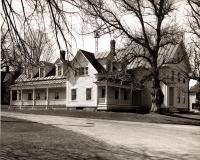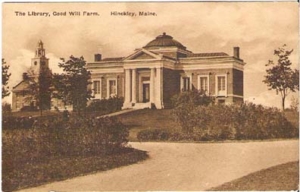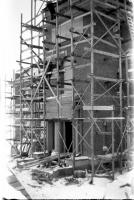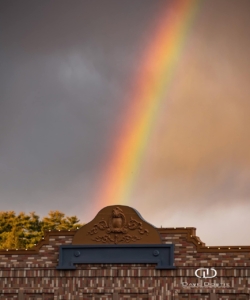China selectmen act on bids
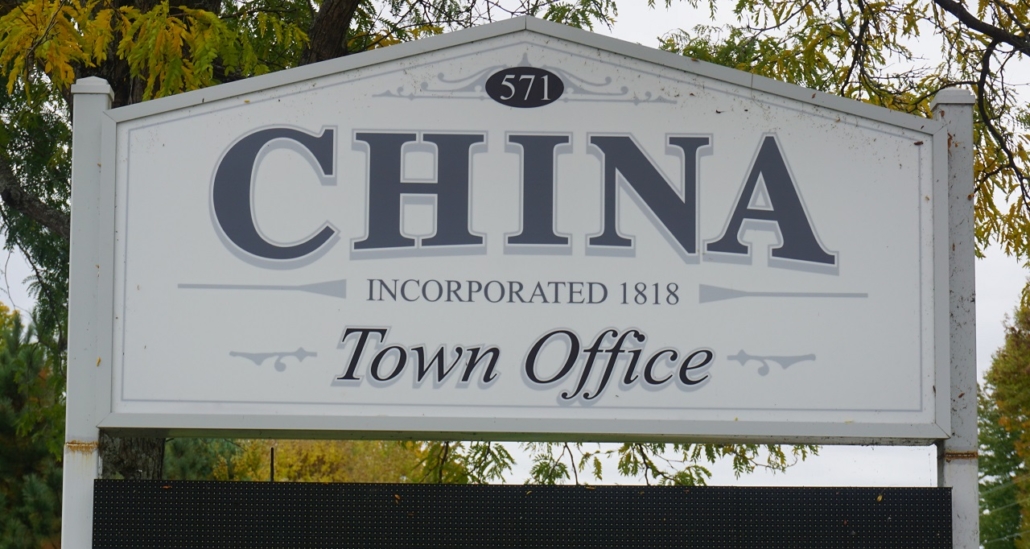 by Mary Grow
by Mary Grow
At their May 24 meeting, China selectmen acted on bids for summer work and got updated information on buildings that might meet the state definition of a dangerous building. They need more information on the buildings before possible action.
Bids were requested for three categories: road paving, materials for the Public Works Department and mowing. Mowing was subdivided into town property (like the town office lawn), cemeteries and ballfields.
Road paving attracted seven bidders, whose bids Town Manager Becky Hapgood summarized by number of tons of paving mix, per-ton price, chip seal (which turned out to be irrelevant) and total bid. Board members awarded the 2021-22 paving contract to Pike Industries, at a price of $67.47 per ton, after discussion among themselves, Hapgood and Public Works Manager Shawn Reed, who joined the meeting virtually.
Board Chairman Ronald Breton dissented, not because he objected to Pike, but because he wanted the bid awarded based on total price rather than per-ton price. Pike’s $67.47 was the lowest per-ton price by almost a dollar.
The total cost will depend on various factors, Reed explained, like the condition of the road being paved; rougher sections might need more shim – leveling material under the top coat – than first planned. Pike’s total price falls within the 2021-22 road budget, and Reed will make sure work does not exceed available funds.
Reed said Pike had last year’s contract and he is pleased with the work.
The road committee recommended against using chip seal this year, he said, and no additional chip seal is planned. Chip seal, he explained, is a liquid emulsion topped with very small stone chips and rolled. The method was used on about a mile of South Road last year; results are satisfactory so far, but road committee members want to see how it holds up for another year.
Two companies bid to supply gravel and other materials. Selectmen rejected both bids and authorized Reed to negotiate as needed, the same tactic they chose for the current year.
No mowing bids were received by the deadline; two came in the morning of May 24. The lower bidder did not bid on cemeteries, which Hapgood said are more labor-intensive than the other two categories.
Despite higher prices, a majority of the selectboard voted to award the contract to Danforth Lawncare, which has done China’s mowing for many years. Hapgood and the board majority doubted Danforth would do the cemeteries only, without the rest of the work.
Selectman Blane Casey dissented on the vote because of Danforth’s higher prices, which total over $32,000. Hapgood said the expenditure is “more than we anticipated,” but “we’ll be okay” with fitting it into the 2021-22 budget.
Codes Officer Jaime Hanson joined the May 24 meeting virtually to describe five buildings in town that appear to be abandoned, or nearly abandoned.
If selectmen so decide, they can seek a judge’s order to have a building declared dangerous and demolished within days, Hanson said. They can then bill the property-owner for the demolition and if necessary go to court to recover costs.
Hanson considers none of the buildings habitable in its present condition, and said as far as he knows none is permanently occupied, although he has talked with a person at one and seen a vehicle at a second. Only one of the five seems in imminent danger of collapse, he said.
Hapgood intends to get more information and consult town attorney Amanda Meader. Breton is concerned about possible town liability should someone be injured because selectmen did not deal with the problems.
Selectmen voted unanimously to support Hapgood’s suggestion that a Story Trails program be part of this summer’s China Community Days celebration. (See box below with this story.)
Two other agenda items were postponed to future meetings: how to use American Rescue Plan Act (ARPA) money and how to adjust transfer station fees for special items – electronics, propane tanks, tires, carpets and other things listed at the transfer station and on the town website, www.chinaoffice.org.
Hapgood said China is slated to get about $429,000 in ARPA funds through the state. Rules for using the money are being developed, she said; she expects them to include allowed and forbidden uses, deadlines and paperwork requirements. Resident Jamie Pitney added, virtually, that towns are encouraged to ask for local people’s ideas.
Breton wants to review the transfer station fees, which he said have not been changed in a decade. Higher fees help hold down property taxes, he pointed out. He has also asked for advice from the Transfer Station Committee.
The next regular China selectmen’s meeting is scheduled for 6:30 p.m. Monday, June 7. The annual town business meeting will be held by written ballot in the portable classroom behind the town office Tuesday, June 8, with polls open from 7 a.m. to 8 p.m.
Story Trails of Maine
Information sent to China town officials describes “Story Trails of Maine” as an opportunity to boost tourism, bring traffic to local businesses, promote local history and create “a memorable experience for participants.”
Participants, in groups of two to four, use a mobile app to follow clues to explore a local area. A typical tour takes about an hour and covers up to two miles, with four to six stops, the brochure says. The tour is “self-paced” and people can take breaks to eat and shop locally.
Hapgood said two volunteers are working on a local Story Trails plan. Selectman Janet Preston volunteered to join them. Others interested should contact the town office.






